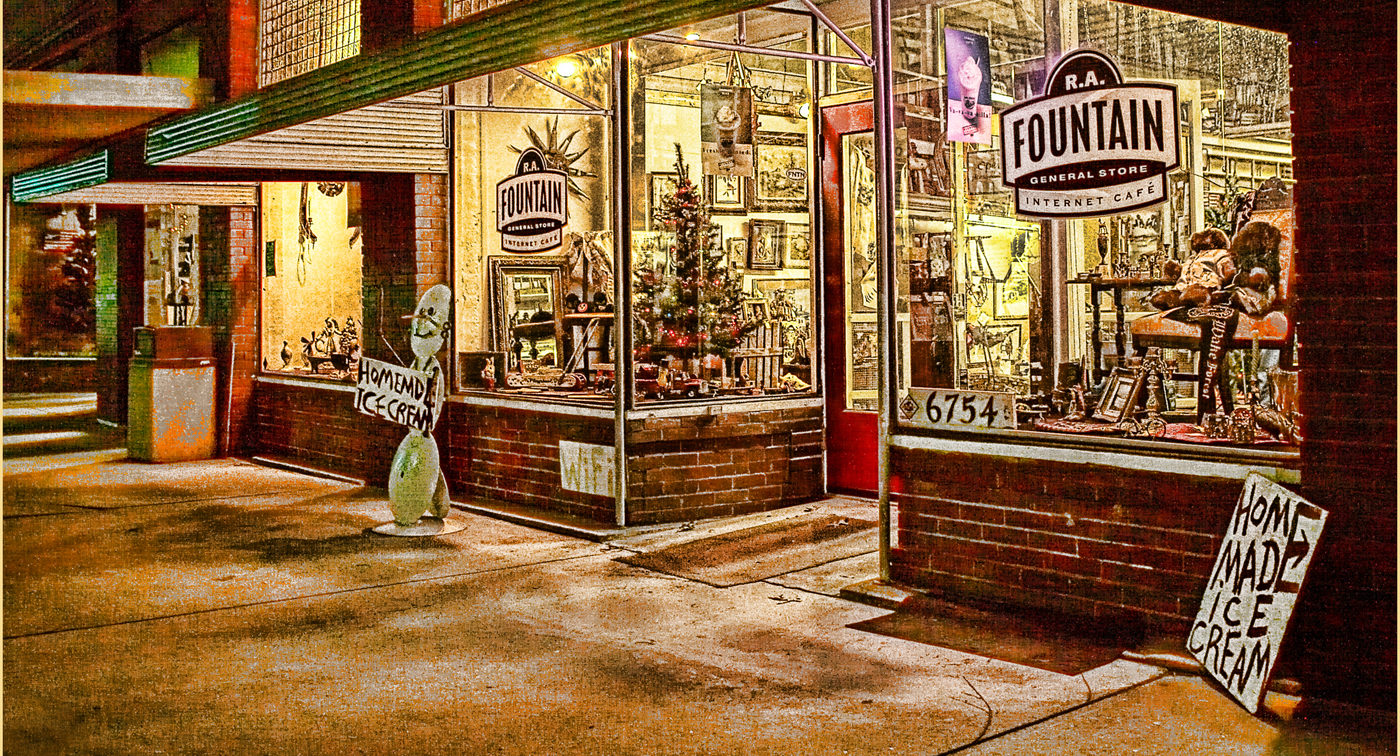On a cold morning in 1871 in Granbury, Texas, a saloon owner went to check on one of his employees who had been extremely sick. The man went by the name John St. Helen.
St. Helen had shown up in town four years earlier and kept a low profile. He’d left the town of Glen Rose, Texas, where he had business interests when he found out a U.S. marshal was coming to town to marry a local girl.
The saloon owner, F.J. Gordon had given him a job and the man proved to be a good bartender. It was obvious he was well-educated and well-dressed, but didn’t socialize much. He kept to himself and walked with a limp, not uncommon in those post-war days.

When Gordon arrived, St. Helen was in bad shape and asking for a clergyman because he was sure he was dying. When the reverend arrived, St. Helen went into a rambling confession that ended with his declaration that he was in fact John Wilkes Booth, the assassin of President Abraham Lincoln.
St. Helen told Gordon that he’d hidden a pistol in his boarding house. Gordon went to look and found the pistol with cartridges wrapped in six-year-old newspapers that covered the assassination. When Gordon went back to where St. Helen was, the man was gone.
Gordon kept the items for 20 years before taking the items to Federal authorities. They told him the case was closed and had no interest in pursuing it. Gordon died in 1918 still in possession of the gun and newspapers. Gordon’s daughter kept the items and passed her story to her children and grandchildren and in 1965 the Associated Press picked up a story about the St. Helen legend.
There were lots of conspiracy theories about the assassination and many people at the time thought some government officials were involved. When two men were cornered on the Garrett farm two weeks after Lincoln was killed, one surrendered and the other remained in the barn. The man who surrendered denied the other man was Booth and the soldier who shot the man in the barn disobeyed orders to do so.
It has always been believed that the man in the barn was Booth and in all likelihood was, although stories cropped up that many witnesses said it was not Booth. It seemed strange that Booth was still so close to Washington nearly two weeks after the shooting — had he planned an elaborate operation but failed to plan an escape?
Secretary of War Edwin Stanton allowed no photographs during Booth’s autopsy and the burial was done in secret. The show Unsolved Mysteries tried to exhume the body, but was stopped by a court.
A lawyer named Finis L. Bates published The Escape and Suicide of John Wilkes Booth in 1907 where he laid out the myth. He claimed to have been friends with St. Helen and was with him on another night when the man thought he was dying (at the least, St. Helen was dramatic). Bates claimed in his book that Vice President Andrew Johnson was the leader of the conspiracy and that the man killed on the Garrett farm was a plantation overseer.
St. Helen survived and moved on, supposedly taking on another alias and committing suicide in 1903. Because he used arsenic as did the embalmer, the body was well preserved and a photo appeared in newspapers. Bates saw the photos and tried to get custody of the body, which was used as a tourist attraction in Oklahoma. Eventually, Bates rented the “mummy” and took it on tour. The body was sold after Bates’ death and toured with carnivals. [Note: the body had a broken leg, but not the same leg that Booth broked when he leaped onto the stage after shooting Lincoln.]
Sources:
Ayres, Thomas. That’s Not in My American History Book.
“John Wilkes Booth,” granbury.org
Klein, Christopher. “The John Wilkes Booth Mummy That Toured America.” History.com

